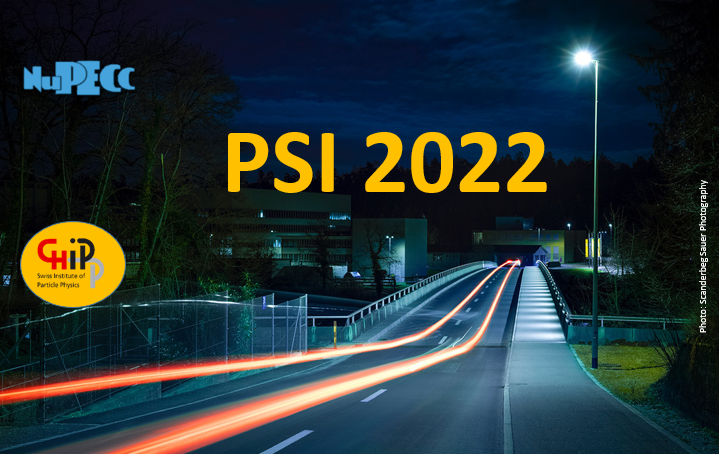Speaker
Description
The SUN-2 source [1] at the Institut Laue-Langevin (ILL) is a prototype source of ultracold neutrons (UCN) that converts cold neutrons into UCN via downscattering in superfluid helium. UCN, which have kinetic energies on the order of hundreds of nanoelectronvolts, can be trapped in material-walled storage vessels and used, for example, in experimental searches for the neutron electric dipole moment. Continued improvements to the statistical sensitivity of such measurements can be achieved at new high-flux sources, such as those planned at the ILL [2] and the European Spallation Source [3].
The spectral characterization of these sources will be instrumental to the determination of critical design factors of experiments installed there. This characterization is often pursued by measuring neutron time-of-flight (TOF) through horizontal guides. Unforunately, this technique prohibits spectroscopy of UCN with energies below the optical potential of the detector entrance window, resulting in a design blindspot for experiments that aim to maximize their statistical reach.
This difficulty is overcome by the vertical TOF technique, in which falling UCN are accelerated to velocities sufficient to enter the detection volume. Using this method, measurements were made of the full UCN energy distribution of SUN-2 in its most recent configuration, with its internal production volume coated by a top layer of the fluoropolymer CYTOP [4]. Results are presented for both continuous and accumulation operation modes of the source. To our knowledge, this work consitutes the first measurement of the low energy tail of the UCN spectra produced at a superfluid helium based UCN source.
References
[1] A. Steyerl, Ultracold Neutrons (pp. 70–76), World Scientific (2020).
[2] O. Zimmer and R. Golub, Phys. Rev. C, vol. 92, 015501 (2015).
[3] E. Klinkby et al., Adv. High Energy Phys., vol. 2014, Article ID 241639 (2014).
[4] T. Neulinger et al., Eur. Phys. J. A, vol. 58, Article 141 (2022).

